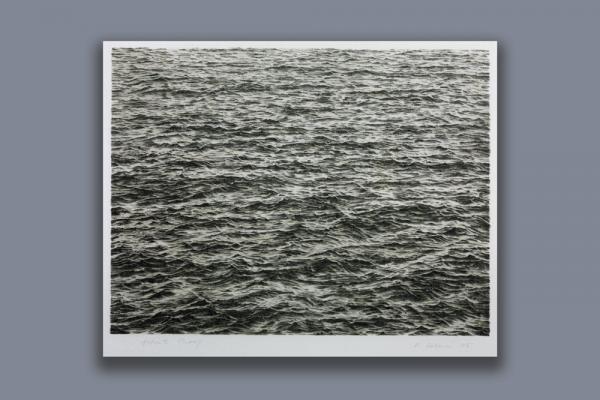THERE'S A REFORM JEWISH Sabbath prayer that reads, “Days pass and the years vanish, and we walk sightless among miracles. Lord, fill our eyes with seeing and our minds with knowing; let there be moments when Your Presence, like lightning, illumines the darkness in which we walk. Help us to see, wherever we gaze, that the bush burns unconsumed. And we, clay touched by God, will reach out for holiness, and exclaim in wonder: ‘How filled with awe is this place, and we did not know it!’”
If we want to experience awe or wonder, we need to reach for inputs of wisdom that enliven our ways of seeing. As a person who struggles with overthinking and anxiety, I find visual art, like the work of Latvian American artist Vija Celmins, to be instructive. “The thing I like about painting, of course,” Celmins said in an interview with the Tate museum, “is that it takes just a second for the information to go ‘bam,’ all the way in, and then you can explore it later.” Engaging with Celmins’ work teaches me how to pay close attention to the life in front of me, noticing the beauty that pervades everything.
Read the Full Article

